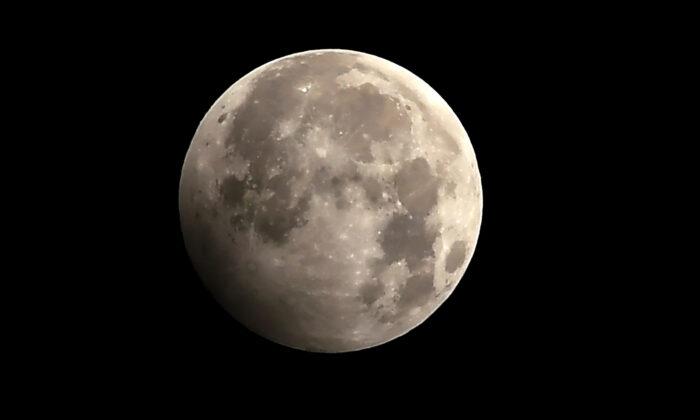Many Americans will look skyward for the spectacle of fireworks during this Saturday night’s Fourth of July celebration. It will be a celebration of America’s independence at a point in history like no other.
Meanwhile, there will be a lunar spectacle to enjoy on that very same night in that very same night sky!
The full moon will pass through Earth’s outer shadow, called the penumbra, partially darkening a corner of the lunar surface and causing what is called a penumbral lunar eclipse.
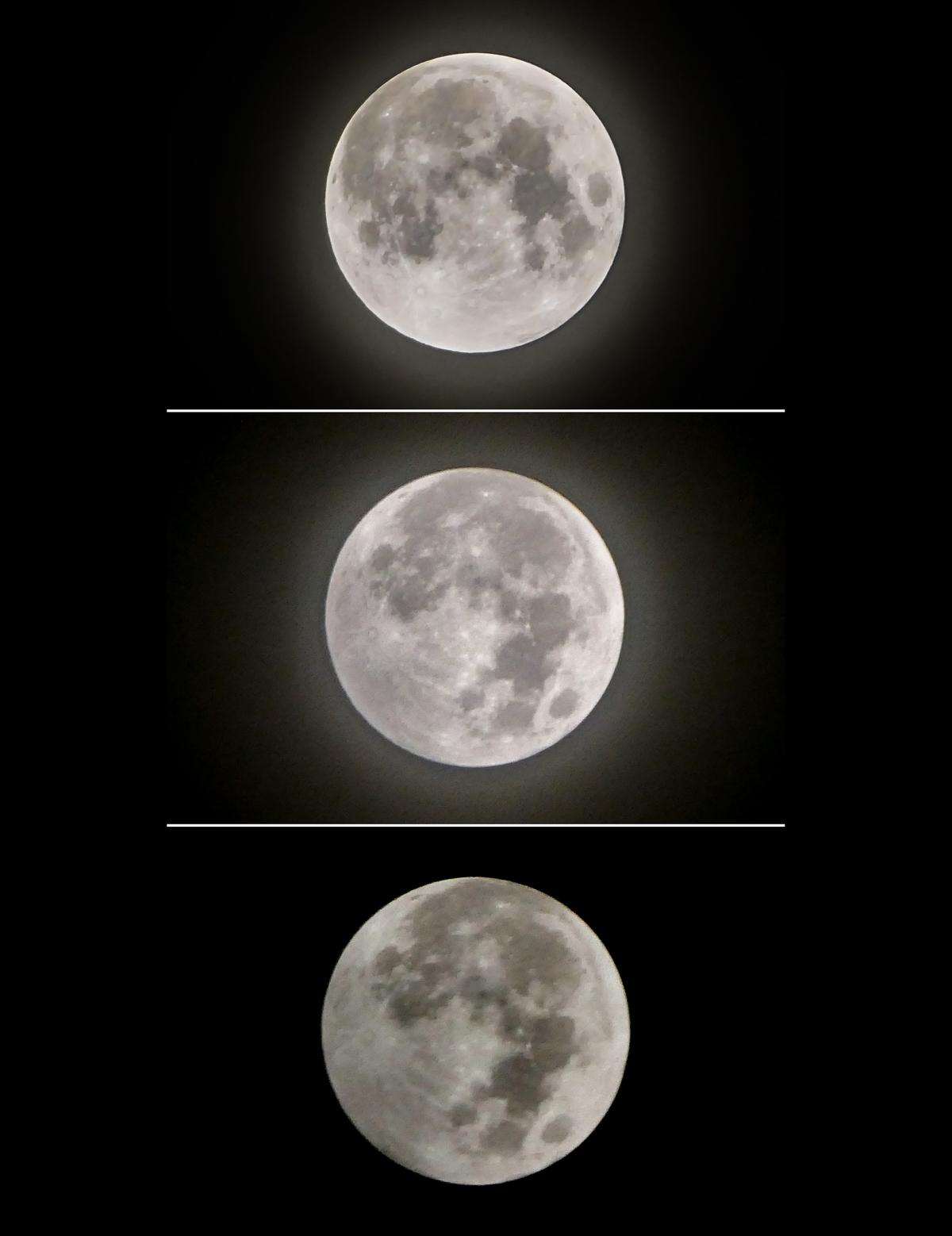
The eclipse will be visible in North America and South America, as well as in some parts of western Europe and Africa. It will be the first lunar eclipse visible in this part of the world since 2019.
Notably, penumbral lunar eclipses such as this one aren’t as pronounced as the two other possible types: partial lunar eclipses and total lunar eclipses.
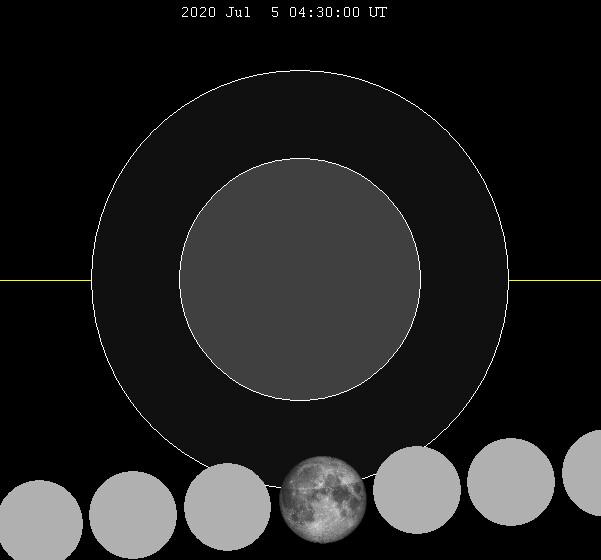
Of course, the weather will also play a role.
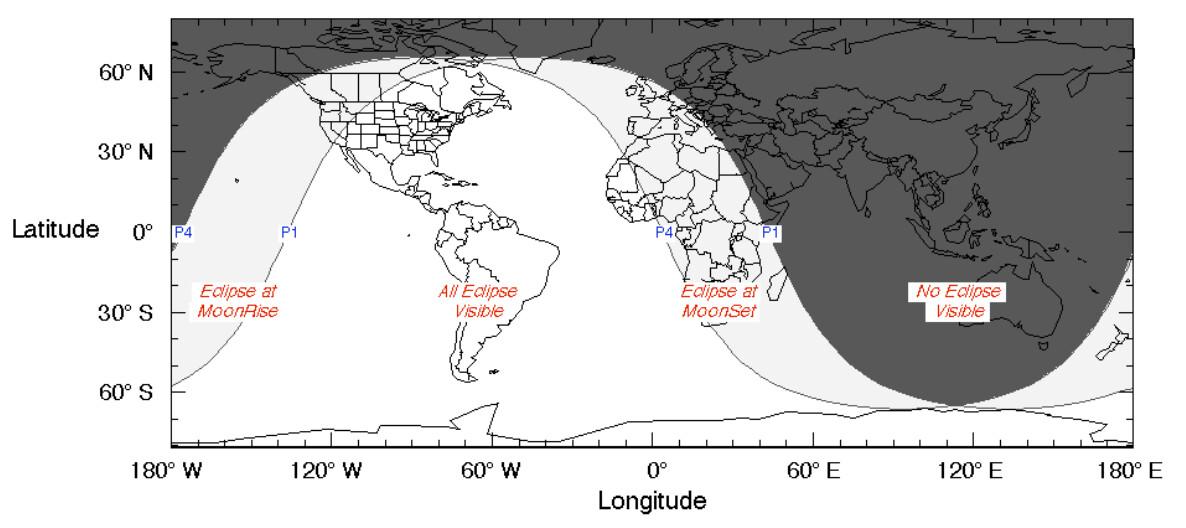
The two other types of lunar eclipses, partial and total lunar eclipses, occur when the Moon passes through Earth’s inner shadow, called the umbra, a narrow area where the Sun’s light is totally blocked by Earth, and all three celestial bodies are in close alignment.
These types are very dramatic, with the Moon going completely dark during a total lunar eclipse.
The upcoming penumbral lunar eclipse will be the last of the season; the next will appear on the night of Nov. 30, 2020, and will be visible in the Americas once again, as well as in Australia and eastern Asia.
Meanwhile, the next total lunar eclipse will happen on May 26, 2021, and will be visible in the Americas and westward across the Pacific to Asia and Australia, yet again.
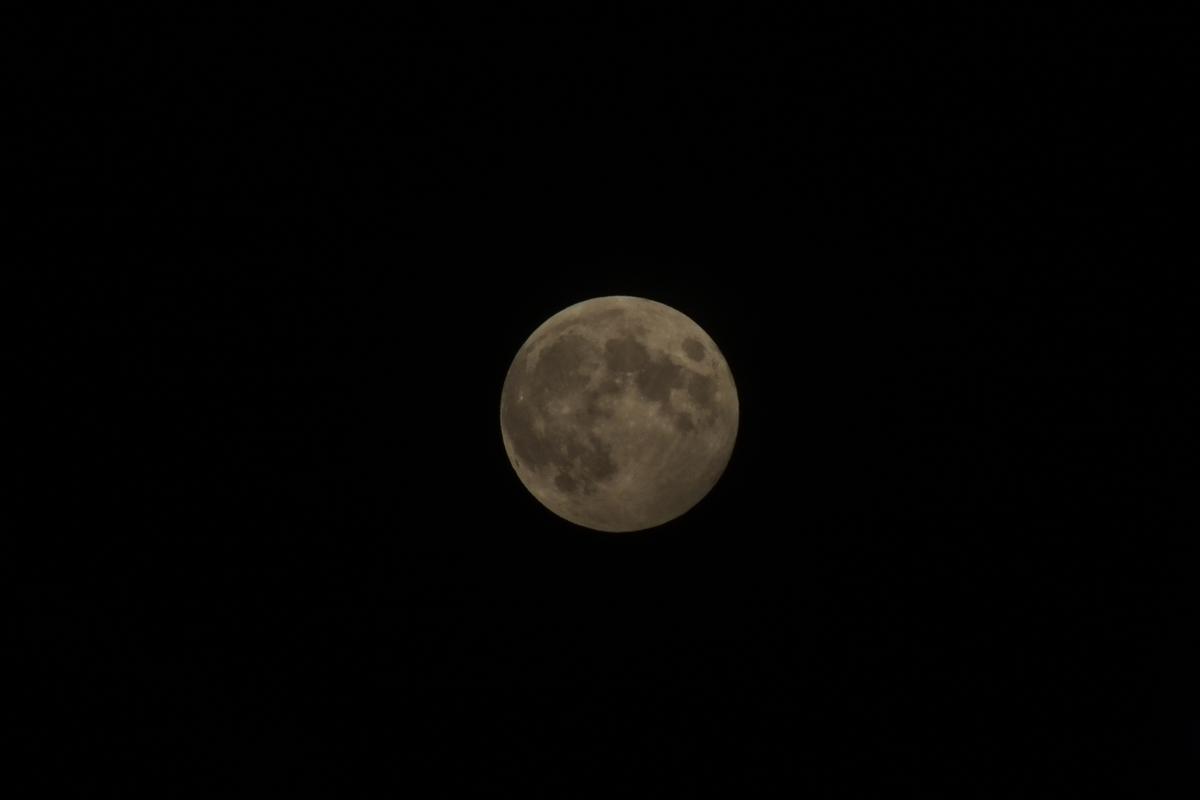
We would love to hear your stories! You can share them with us at [email protected]

